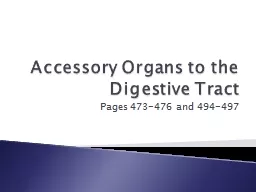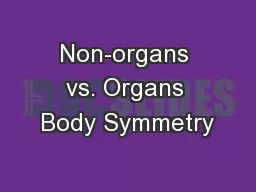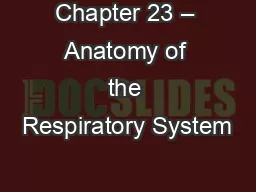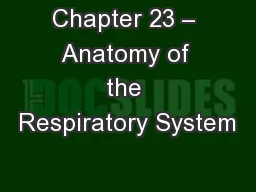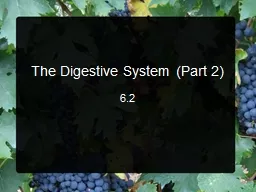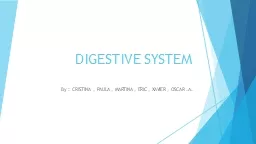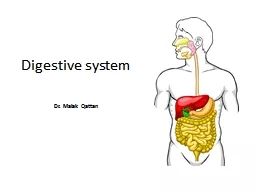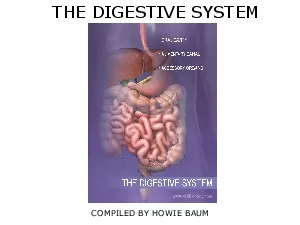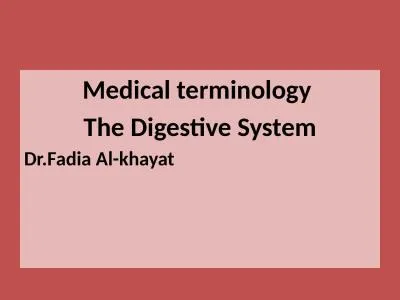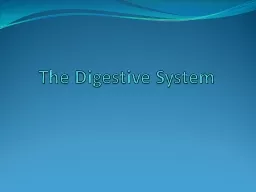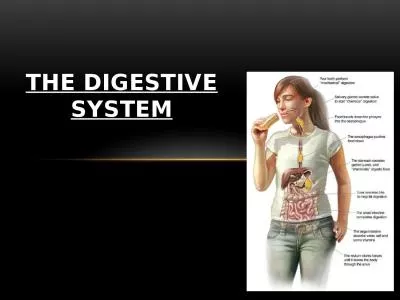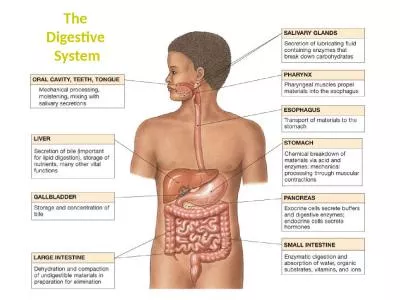PPT-Accessory Organs to the Digestive Tract
Author : ventuilog | Published Date : 2020-06-16
Pages 473476 and 494497 Teeth mechanical digestion through mastication Salivary glands parotid submandibular sublingual Secrete saliva a bicarbonate rich juice
Presentation Embed Code
Download Presentation
Download Presentation The PPT/PDF document "Accessory Organs to the Digestive Tract" is the property of its rightful owner. Permission is granted to download and print the materials on this website for personal, non-commercial use only, and to display it on your personal computer provided you do not modify the materials and that you retain all copyright notices contained in the materials. By downloading content from our website, you accept the terms of this agreement.
Accessory Organs to the Digestive Tract: Transcript
Download Rules Of Document
"Accessory Organs to the Digestive Tract"The content belongs to its owner. You may download and print it for personal use, without modification, and keep all copyright notices. By downloading, you agree to these terms.
Related Documents

